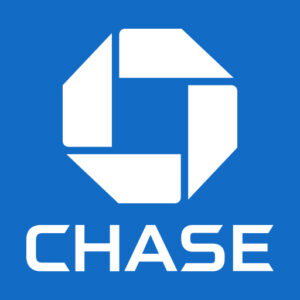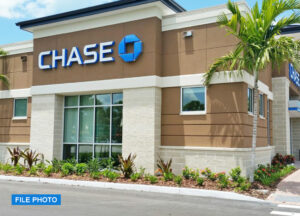
Chase Bank

Overview
As one of the most branded names in the net leasing industry, JP Morgan Chase bank locations number over five thousand throughout the United States. In the summer of 2010, total deposit volume had approached $650 billion dollars, with a staggering two trillion dollars in assets held under the JP Morgan Chase name. With respect to real estate leasing, many variables are considered such as property size, building size, and property location. All of these components usually factor into seven unique prototype filters that Chase uses for determining their investments. Standard Chase bank branch sizes typically span from about 2600 square feet to 4800 square feet in dimension. Most buildings reside on approximately 0.65 to one acre total. Chase will often hold ownership with unsubordinated ground leasing for renovations and upgrades whenever leasing agreements are drafted. However, they often will choose corporate ownership whenever possible. Investors will also find a standard twenty year leasing term with up to 4 renewals, and at 5 years per option to renew. In consideration of their high level requirements for real estate (class A), coupled with excellent creditworthiness, most capitalization rates will be found on the lower end of the industry. With that said, the upside for net leasing prospects is in the rental income opportunity for growth. In most cases, investors can expect to see increases of ten percent every five years. Though be warned, since Chase may often add certain clauses of assignability. This might involve criteria like net worth minimums and other financial variables. While minimums can be ascertained in advance, it is cause for concern, even when assuming the parent company is guaranteeing a leasing contract. In light of recent recessions, JP Morgan Chase was rather fortunate to acquire Washington Mutual while avoiding their legacy assets (which could have spelled trouble). This allowed Chase further growth opportunities in recent years for net leasing, and for tapping into new markets.
Lowest Cap Rate
3.61%
Lowest cap rate over past 24 months
Average Cap Rate
4.48%
12 mo avg with 5+ yr lease term
Average Property & Lease
| Average Sale Price | $3,000,000 - $5,500,000 |
| Average NOI | $125,000 - $225,000 |
| Building SF | 4,000 |
| Lease Term | 20 Years |
| Escalations | 10% Every 5 Years |
| Stock Symbol | NYSE:JPM |
CREDIT RATING
Tenant Description
In 1955, Chase Manhattan Bank was originally founded via the merger of Bank of the Manhattan Company and Chase National Bank. It remained as Chase Manhattan Bank until the turn of the millennium, when in 2000 it merged with J.P. Morgan & Co. Eight years later, Chase’s acquisition of Washington Mutual secured the majority of WaMu’s deposits and holdings.
As it stands today, Chase is the household name which most customers are familiar with. Although the full title of JPMorgan Chase Bank, N.A. encompasses all consumer and commercial banking subsidiaries relating to JPMorgan Chase at the national level. Corporate headquarters are currently situated in Chicago, IL.
With a spotlight on both California and Florida at this time, expansion is ongoing. Plans are in the works for constructing up to two thousand new branch locations upcoming within 5 years. Considering that Chase is usually referred to as one of the ‘big 4’ banking leaders throughout the U.S.A., the investment potential is worth watching.
PROS
- Consistent rent increases during life of lease
- Passive ground-leasing ownership
- Came out unharmed after last period of recession
- Tenants considered investment-grade
- Normally B+ to A locations with adequate sized parcels
CONS
- Lower capitalization rates
- Depreciation is not available
- Leasing may contain assumption clauses
COMPANY QUICK STATS
| Founded | 1799 |
| Headquarters | New York City, New York |
| Number of Locations | 4,700 |
| Revenue | $124.54 B |
| Company Website | https://www.chase.com |
| Key Principal | Jamie Dimon |
